How to Choose the Right Kitchen Faucet for Your Home
Share this content!
An often-overlooked feature of the kitchen is the one that gets used the most—the faucet. With hundreds of choices, the task of choosing just the right one can be overwhelming. This guide will help you understand the different types of faucets and some of the features you should consider when selecting the perfect one for your home.
Whether prepping food, cleaning, cooking, or providing water for your pets, your kitchen faucet is one of the busiest tools in the kitchen and perhaps the one thing in the kitchen that you touch the most. The faucet can also be the center of attention when choosing just the right style.
Upgrading your kitchen faucet is easy and affordable. It can give your space a refreshing design enhancement, while improving the functionality of your entire kitchen. But the choice can be tricky thanks to the variety of styles, materials, finishes, and pricing to consider.
But with so many options, how do you get it right? The perfect design will add value to your home and look great for many years. It’s important to educate yourself on the many elements so that you can make a smart choice and find the best fit for your home.
How to Size Your Kitchen Faucet
It’s easier to find a faucet that works in your existing space rather than trying to rebuild your entire kitchen to accommodate the faucet. You will want to make some educated placement decisions and have a general idea of how you want the finished sink area to look.
The first step is to measure the width and depth of the basin, especially in comparison with the size of pots, pans, plates, and other dishes you plan to wash in the sink. Any faucet you choose should have a high enough spout for these chores, but also have low enough placement to avoid excessive splashing.
In addition, be sure to measure the available space behind the sink to accommodate a deck-mounted faucet. Wall-mounted faucets should be placed with the spout extending over the center of the sink, so measurements between the interior edge of the sink and the wall are required, as well.
The size of the installation area is also important to ensure that it will accommodate the width, depth, and height of the sink. This measurement will also be helpful in determining the size of the faucet and any range of movement required.
Measure the countertop behind the sink and the diameter of any pre-drilled holes. Also measure the distances between the centers of the holes. The distance between the wall and sink edge is important for both the installation and the daily use of your faucet. You want to be sure you have enough room to fully articulate the faucet handles or levers.
As you narrow down your choices, keep track of all these measurements and considerations before making your final selection.
Two Types of Installations for Kitchen Faucets
The main difference in the two types of installations (counter- or deck-mounted and wall-mounted) is their location.
With a counter- or deck-mounted installation, the faucet can be mounted on the counter or on the sink’s edge. Deck-mounted is the more common style and therefore there are more options available.
Kitchen faucets that are wall mounted are often found in industrial and commercial settings, with unique and modern styles. Wall-mounted faucets can save valuable space in home kitchens, laundry rooms, garages, and greenhouses. They also free up more counter space to accommodate smaller kitchens.
Considerations for Kitchen Faucet Installation
It’s important to consider whether you want to install the faucet yourself or hire a contractor or plumber to do it for you.
If you choose to do it yourself, remember that snap-fit hose connectors and easy-mount faucet bases are now standard on many models. With these faucets, most of the fittings can be attached by hand and installations can be completed in about 30 minutes.
If water supply lines need to be routed from the home’s water system to the sink area, it’s a good idea to hire a plumber or contractor to help with your faucet installation.
Consider the Number of Faucet Holes When Choosing a Kitchen Faucet
Drop-in, undermount, or farmhouse design sinks generally have a set of holes drilled or pre-punched into the deck for the faucet and other plumbing fixtures. Depending on the type of faucet you choose, the faucet itself can take up as many as three holes. Other fixtures like soap dispensers can also be installed for your convenience. Whether you will choose one hole, two, or even four holes along the sink deck depends on the kind of look or style that you want as much as the kind of faucet you choose.
Single-hole faucets with a pull-down sprayer include high gooseneck faucets with tall arches leading to the spout and industrial-style pre-rinse faucets with durable springs and lever handles along the spray hose. Some faucets mount the handle on the faucet body while touchless models have no handles.
Single-hole faucets with a side spray will occupy a second pre-drilled hole in the sink deck or countertop.
A two-handle faucet is generally a three-hole layout with separate handles for hot and cold water.
Advanced Kitchen Faucet Features to Consider
Some homeowners want simplicity, while others are interested in touchless designs or voice-controlled features. Electronic features are safe and convenient, but they may require professional installation with access to a reliable power supply.
Many kitchen faucets have built-in filtration options to purify the tap water, filtering out chemicals like chlorine, lead, mercury, pesticides, and pharmaceuticals. Dedicated drinking water dispensers can also be installed to provide extremely hot or cold water with a tap of the handle.
Don’t Forget to Consider Style When Choosing Your Kitchen Faucet
The perfect finish of your faucet can make all the difference in the overall style of your kitchen. Color and durability are style considerations when choosing materials.
Newer finishes are designed specifically to resist the oils of fingerprints and smudges, making it easier to keep clean and helping to keep your family healthy. It’s even okay to mix metals in your home decor, so choose the style that you like. Some popular choices are chrome, brushed nickel, copper, and stainless steel.
It’s a good idea to choose a style that coordinates with nearby cabinet hardware and towel bars.
There are many finishes that will work with your style and most faucets are designed to be beautiful and handle daily wear and tear.
Shop Fountain for the Perfect Faucet for Your Home
Drop by our showroom and see all the great deals we have right now on faucets and other kitchen and bathroom supplies.
Follow Us on Facebook and Instagram Win Prizes!
"Get In, Get Help, Get It Done with Fountain!"
New Paragraph
Contact Us
Share this story!
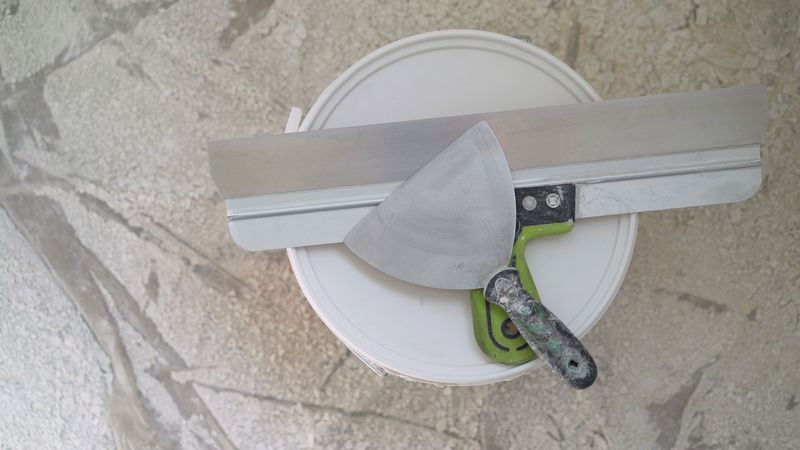
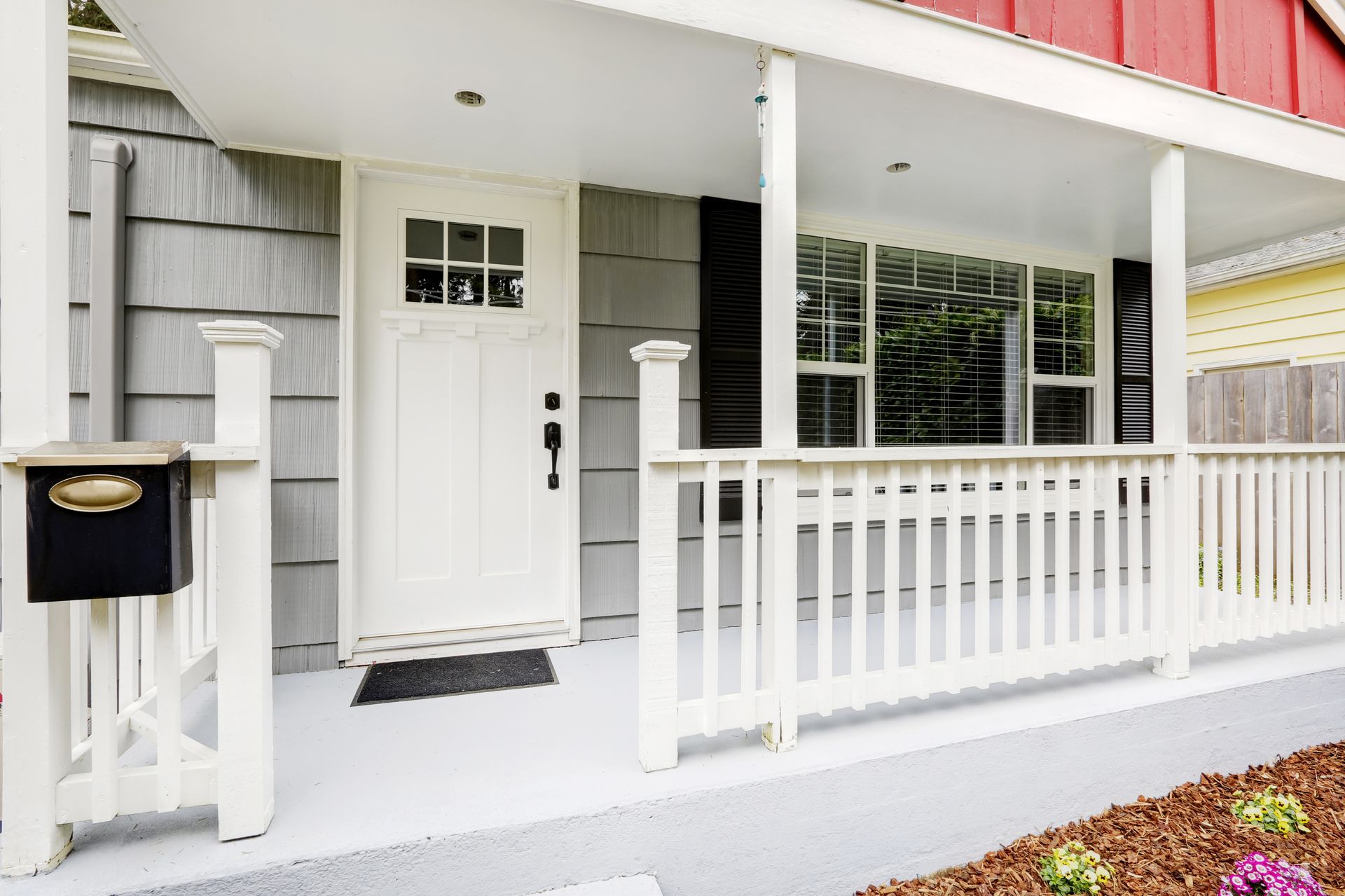
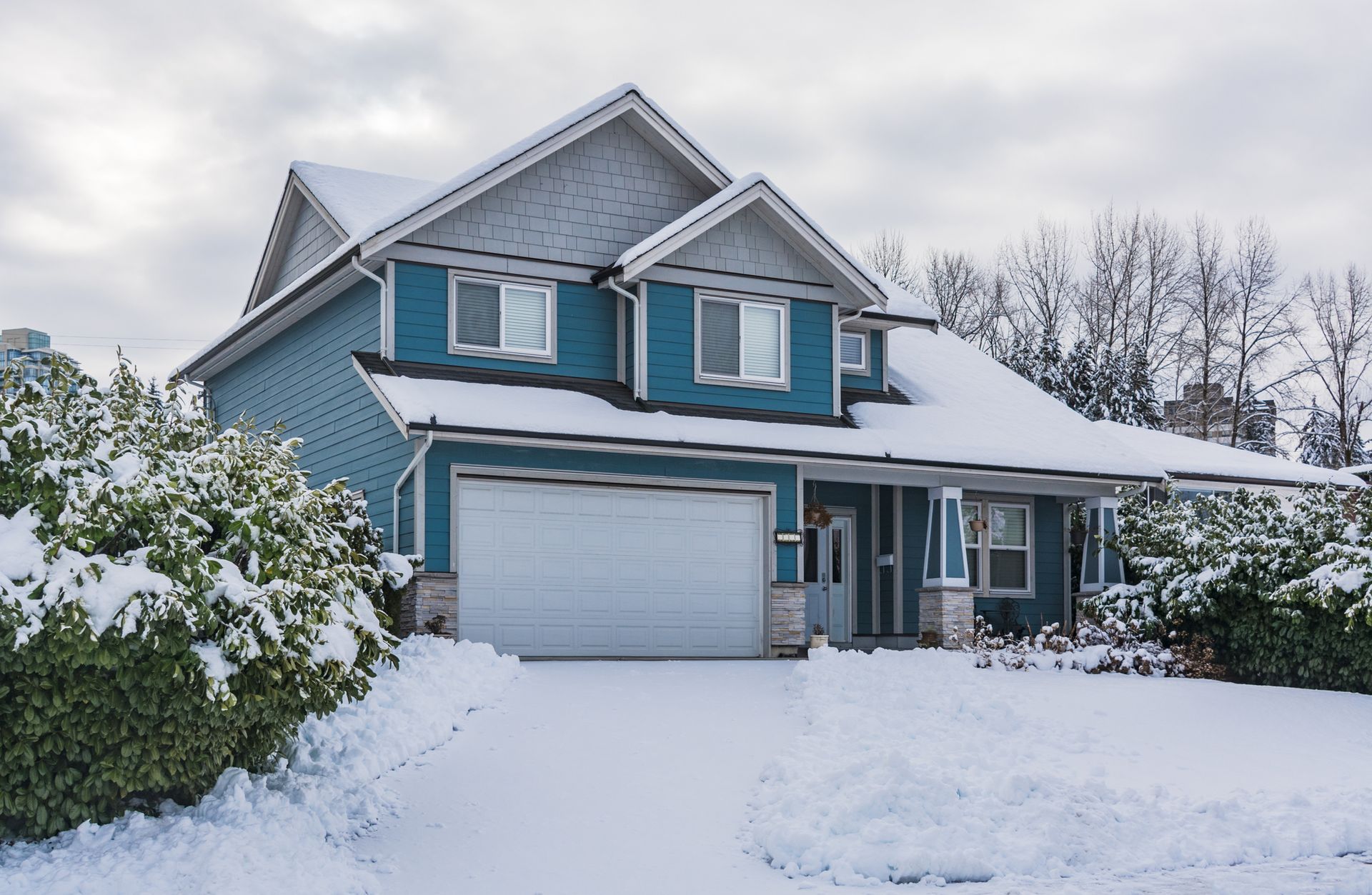
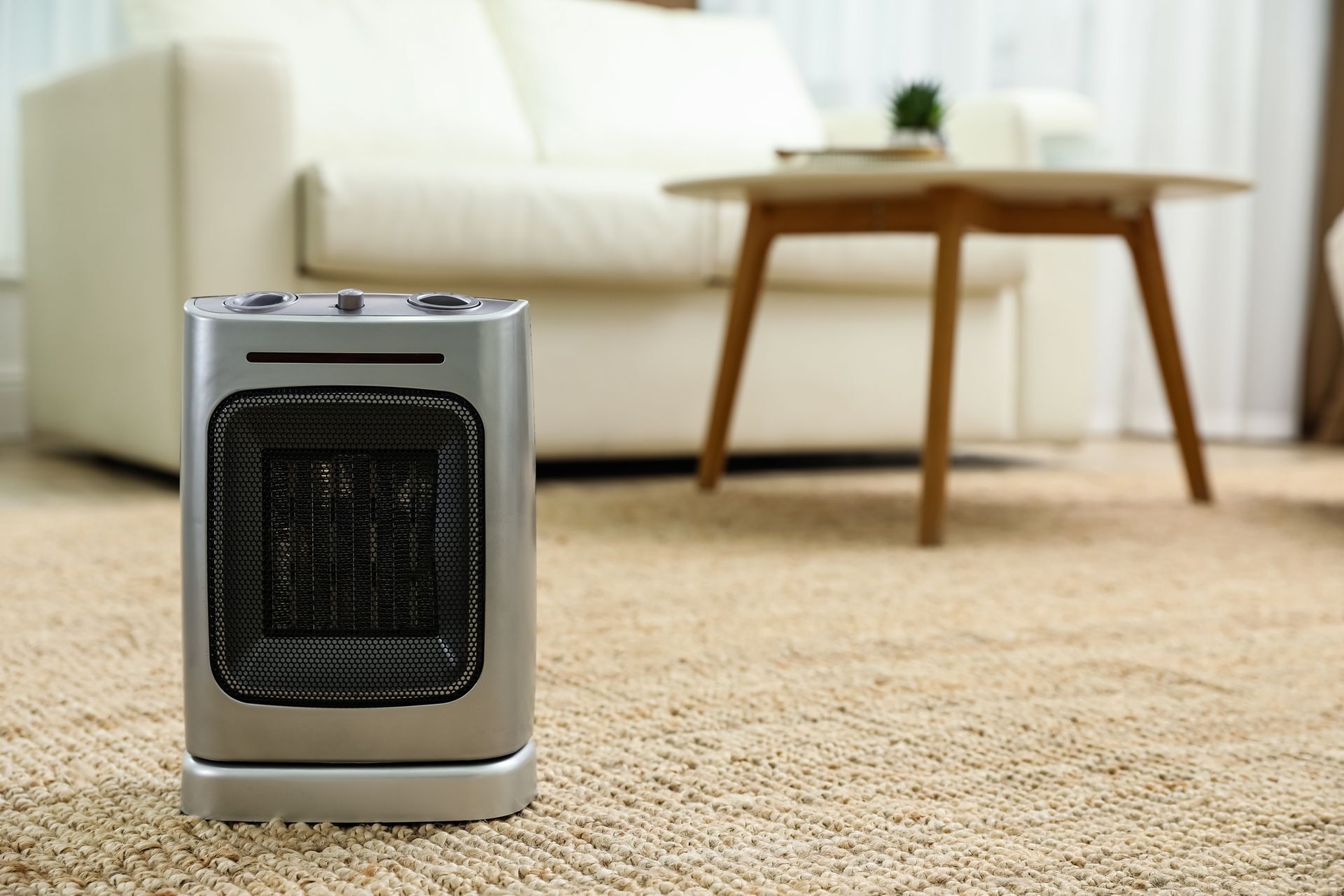

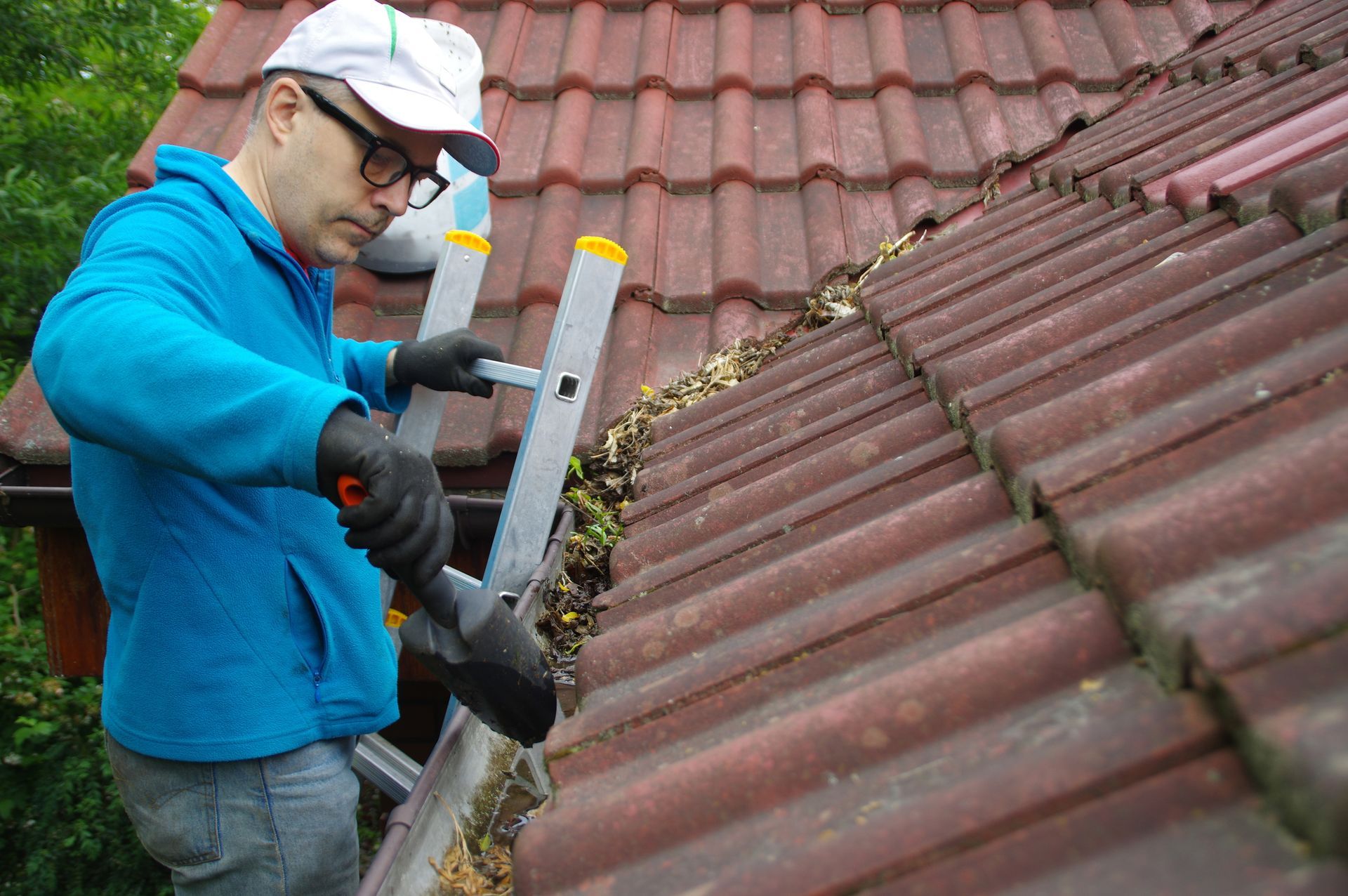
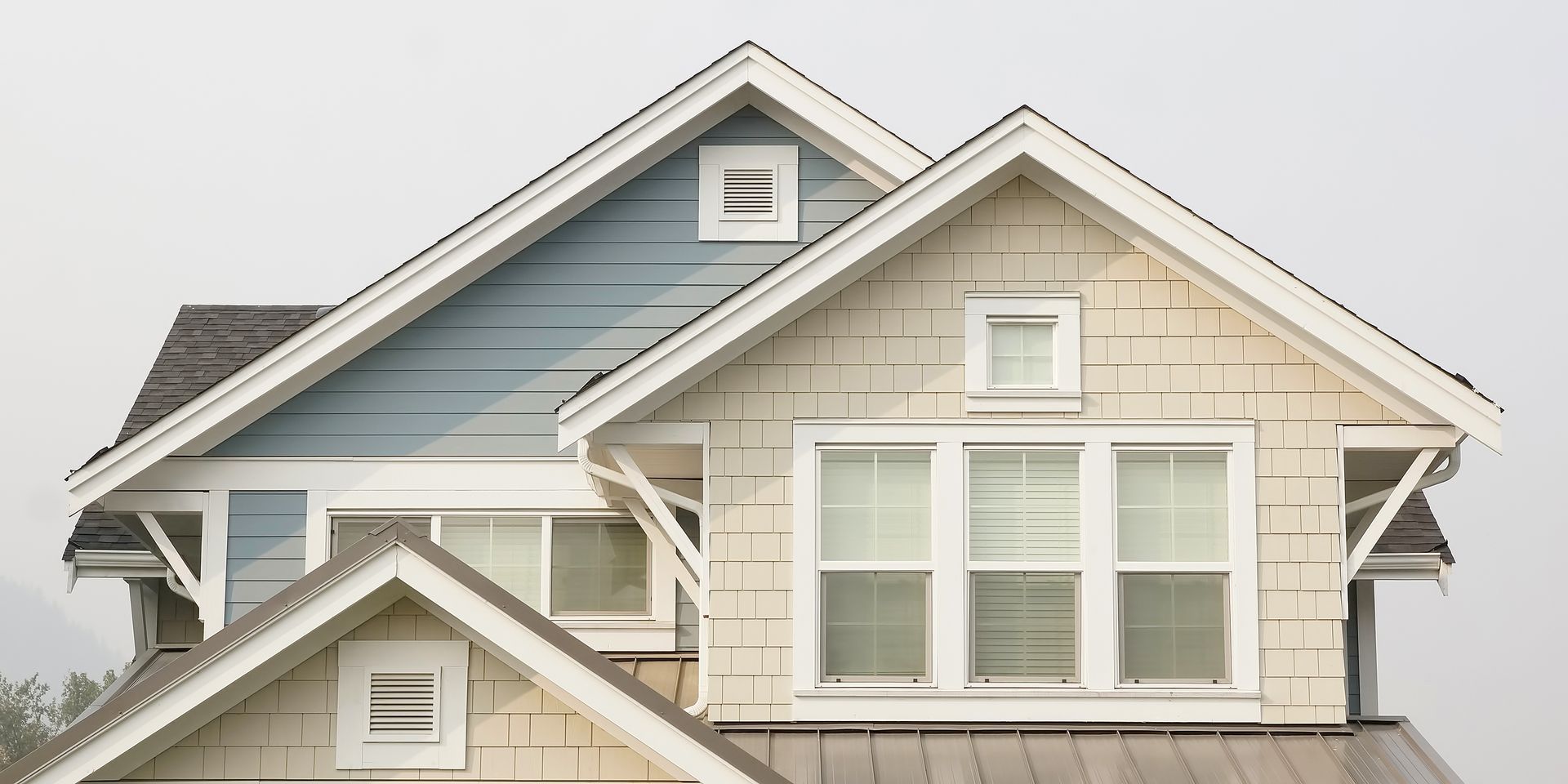

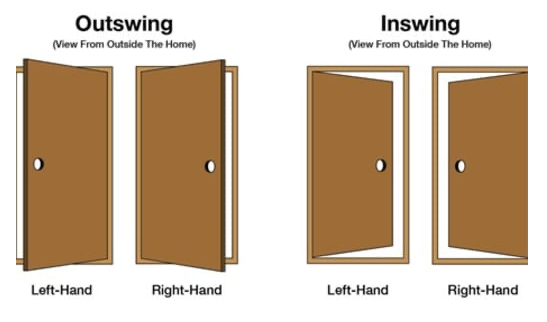


Share On: